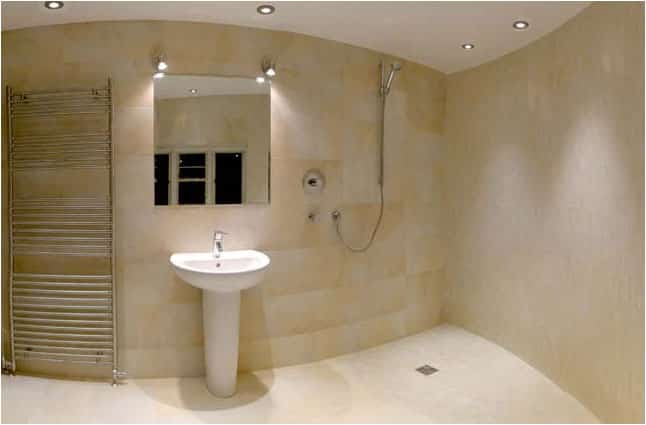Bathroom trend: wet rooms
If you're thinking about having a wet room as your second bathroom or turning your regular old bathroom into one, here are a few things you need to know.

A wet room is a bathroom whose shower doesn’t have an enclosure, so your entire bathroom itself sort of becomes a huge shower enclosure. If you’re thinking about having a wet room as your second bathroom or turning your regular old bathroom into one, here are a few things you need to know.
Pros of having a wet room
Since you’re getting rid of the shower enclosure, building a wet room allows you to have a bathroom that feels more spacious. A wet room looks very sleek and modern and is a wonderful choice if you’re thinking of having a contemporary bathroom.
Having a wet room also opens you up to a lot of design options since you’ll have more space to work with. For instance, a wet room is a great place to feature a beautiful freestanding bath. You can also use any bathroom flooring or walling materials with a wet room as you would in a typical bathroom.
Apart from their stylish looks, wet rooms are also very practical in terms of mobility and maintenance issues. Without that extra enclosure or shower curb, you’ll have fewer surfaces to clean up. Plus, there will be less corners and edges to bump into. If properly built, a wet room can even prolong the life of your tiles and offer better protection against leaks and moisture.
The downside
Although wet rooms can make a bathroom seem roomier, it’s still not suitable for really cramped spaces because your shower might end up spraying water all over the place, including your towels and toilet paper. A good solution for this is to have a frameless glass shower screen installed to avoid splatter without making the bathroom seem cramped. Building one can also be more costly and labour-intensive since you’d have to tile, seal, and waterproof the entire room.
Important things to remember
Waterproof! Ensuring that your wet room is sufficiently waterproofed is key. This means that you have to get your floor and walls sealed and tiled. If you’re using natural stone, be sure to have it re-sealed as often as needed. Ventilation will also help keep the moisture from seeping into your walls and floors, so be sure to install a bathroom fan as well.
If you’re turning an old bathroom with a shower enclosure into a wet room, you can’t just rip off the enclosure and call it a day. The bathroom will have to be rebuilt from the bottom up to include a sloped floor for proper drainage and, again, proper waterproofing.
A well-built wet room is fully water-tight and can last you for several years. But just a few mistakes with drainage or waterproofing can result in huge repair costs. This is why it’s best to leave the construction of your wet room to the professionals. Get quotes from expert bathroom renovators now!